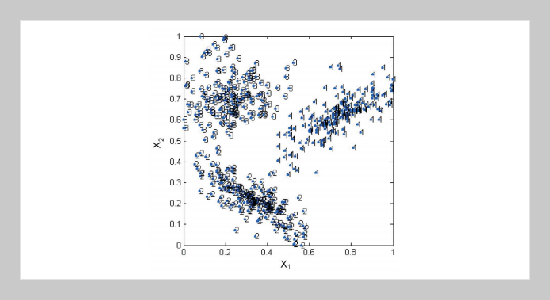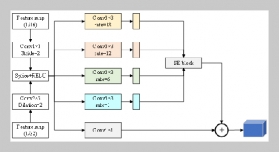Chia-Chong Chen This email address is being protected from spambots. You need JavaScript enabled to view it.1 1Department of Electronics Engineering, Wufeng Institute of Technology, Chiayi, Taiwan 621, R.O.C.
Received:
April 27, 2005
Accepted:
July 13, 2005
Publication Date:
March 1, 2006
Download Citation:
||https://doi.org/10.6180/jase.2006.9.1.07
In this paper, a method based on the particle swarm optimization (PSO) is proposed for pattern classification to select a fuzzy classification system with an appropriate number of fuzzy rules so that the number of incorrectly classified patterns is minimized. In the PSO-based method, each individual in the population is considered to automatically generate a fuzzy classification system for an M-class classification problem. Subsequently, a fitness function is defined to guide the search procedure to select an appropriate fuzzy classification system such that the number of fuzzy rules and the number of incorrectly classified patterns are simultaneously minimized. Finally, two classification problems are utilized to illustrate the effectiveness of the proposed PSO-based approach.ABSTRACT
Keywords:
Particle Swarm Optimization, Fuzzy Classification System, Pattern Classification
REFERENCES
















